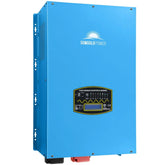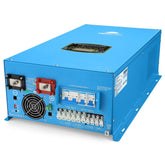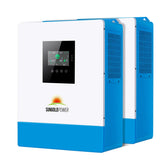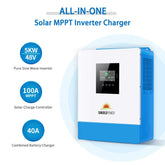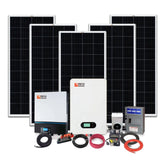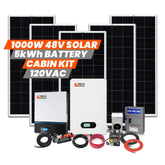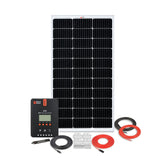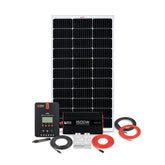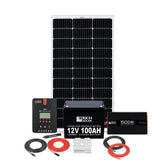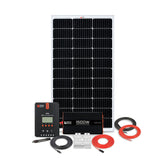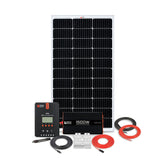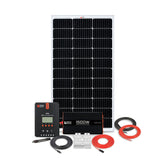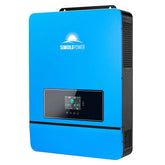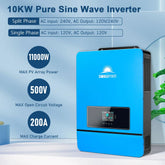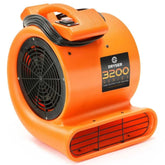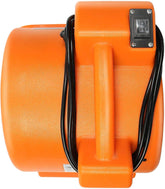Get In Touch +1 (888) 575-2099
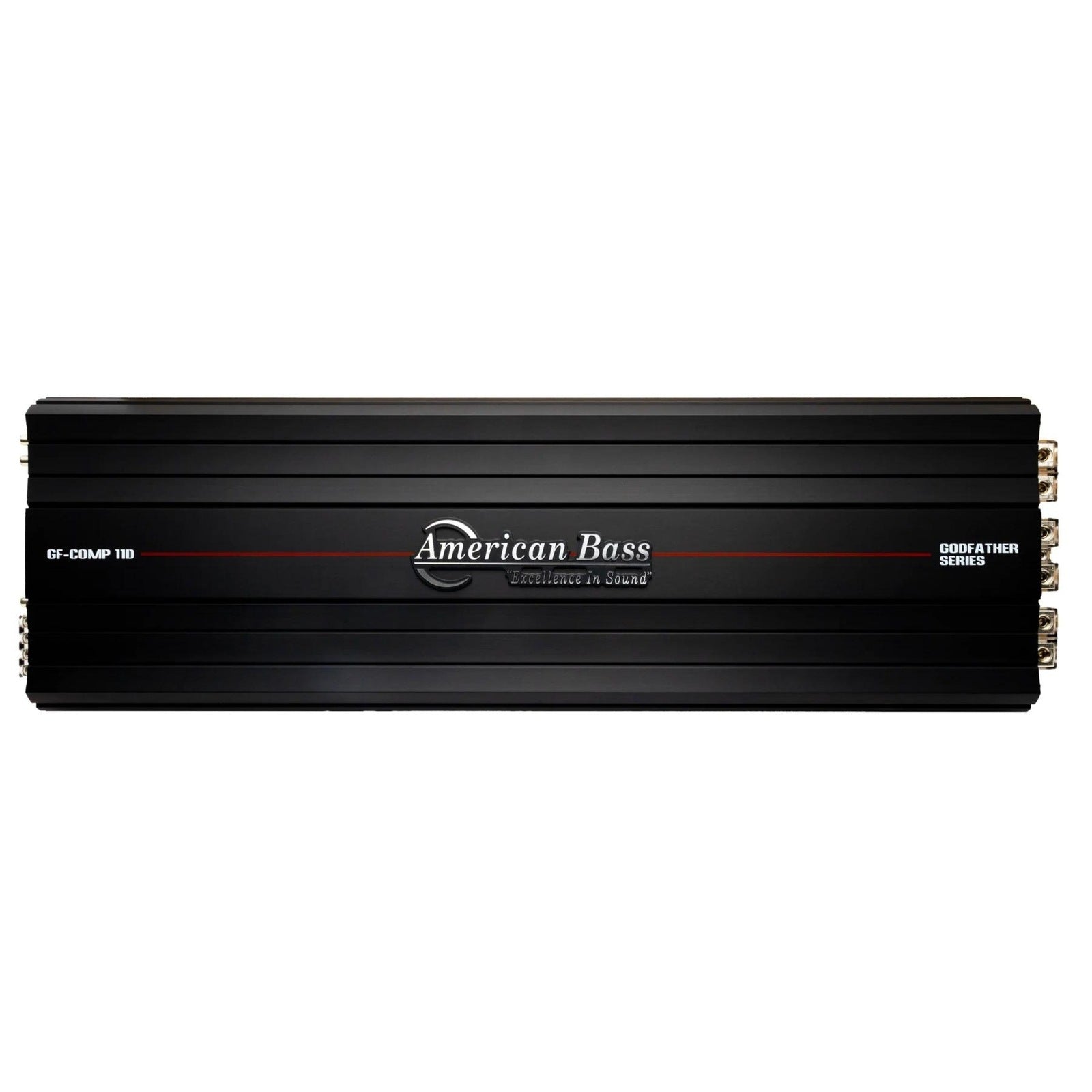
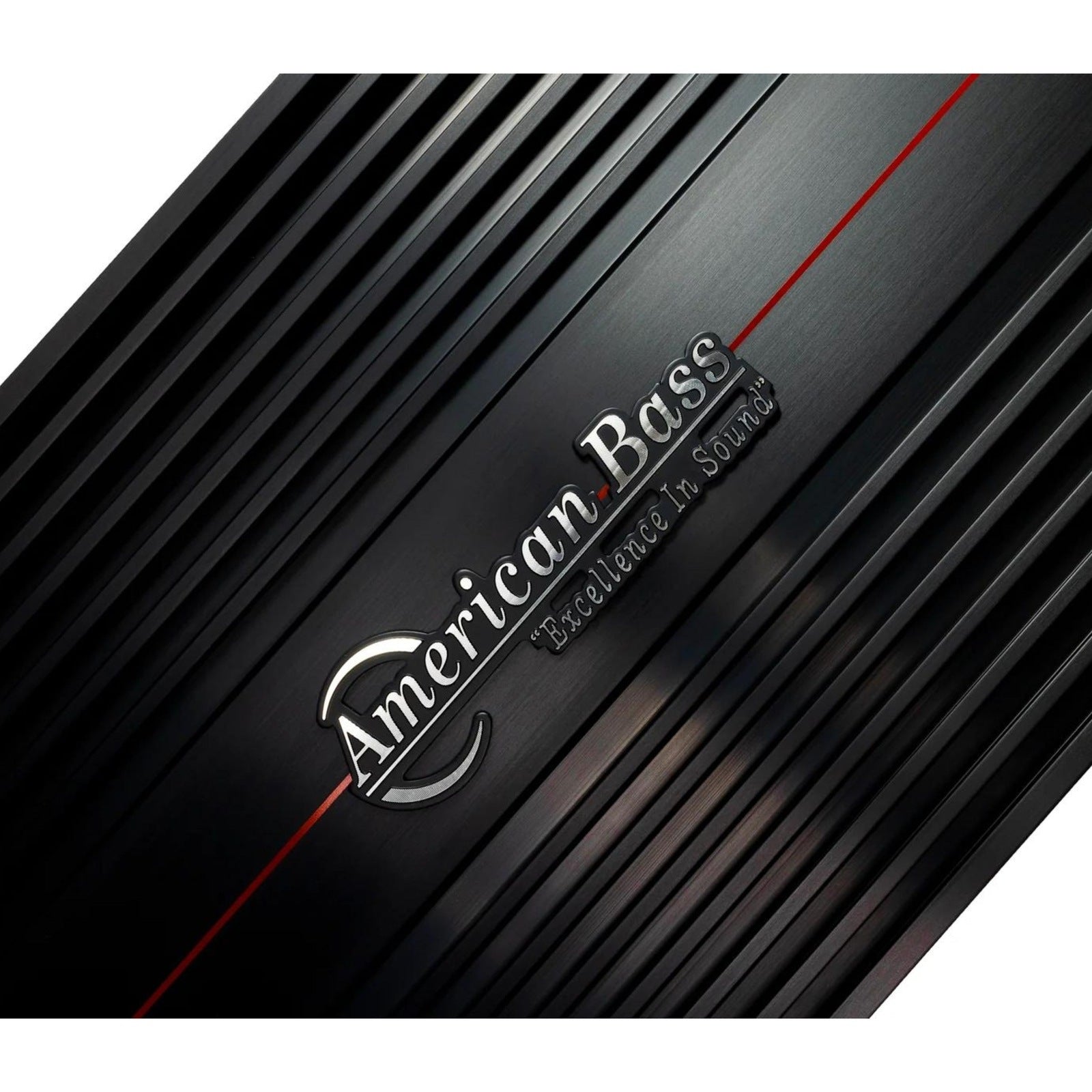
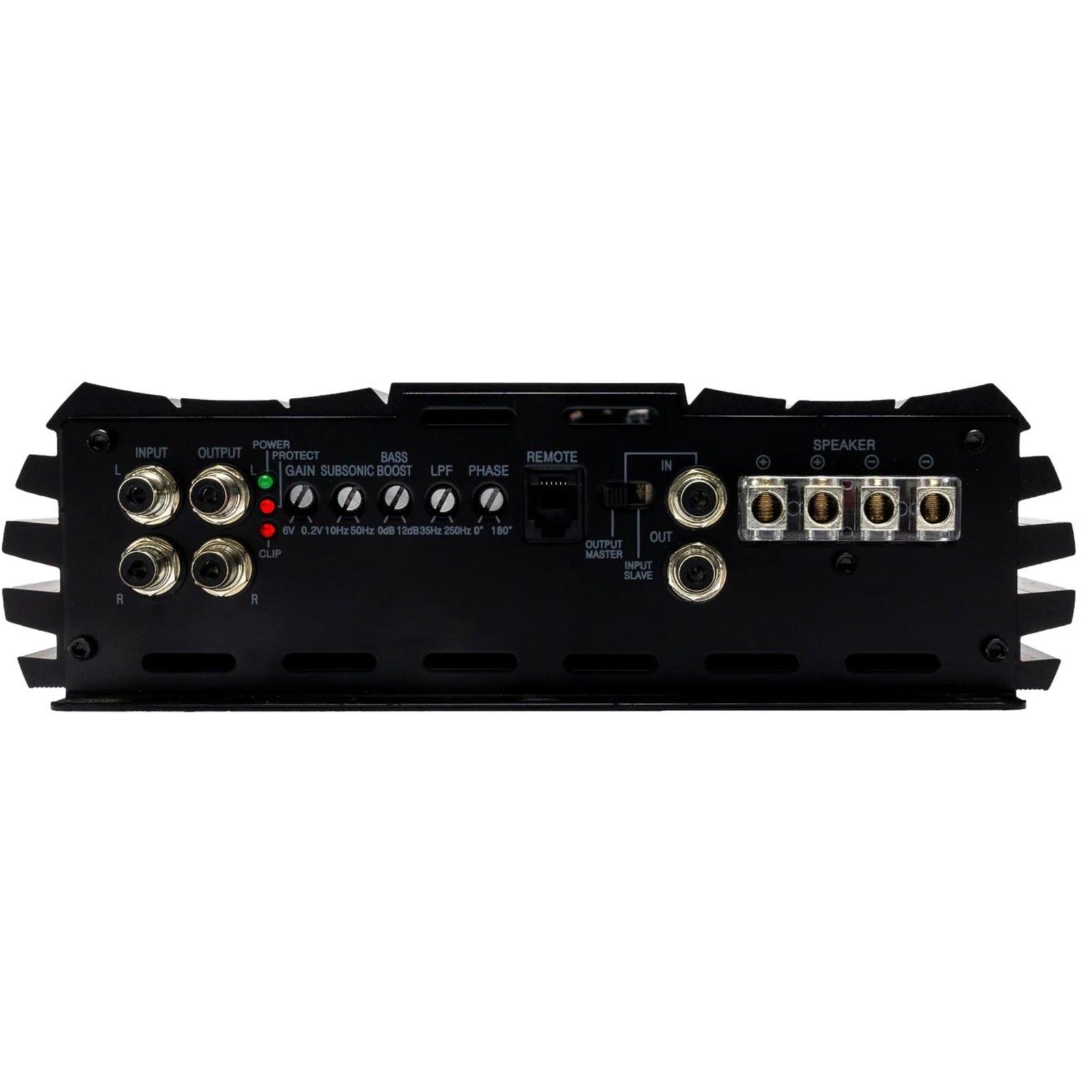
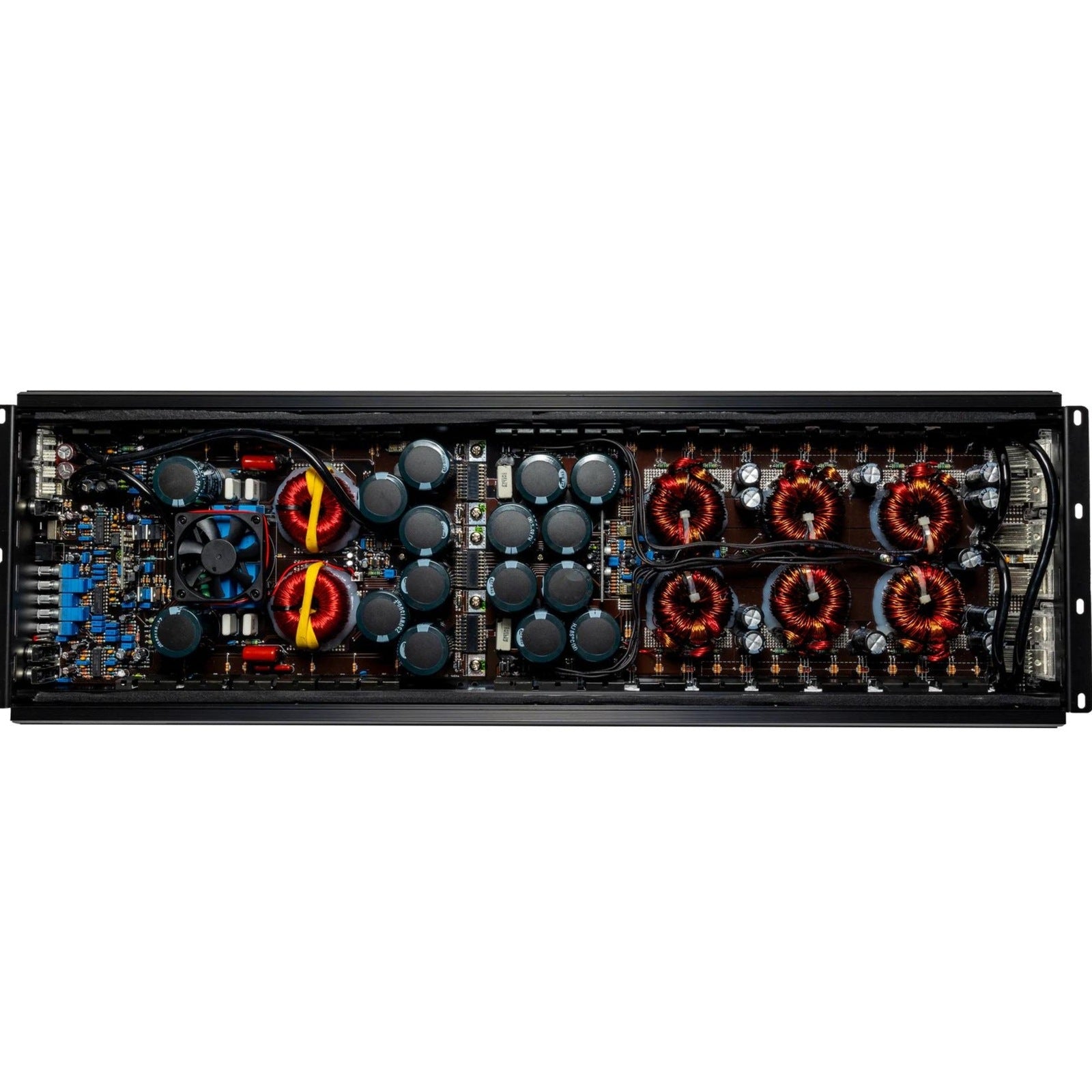
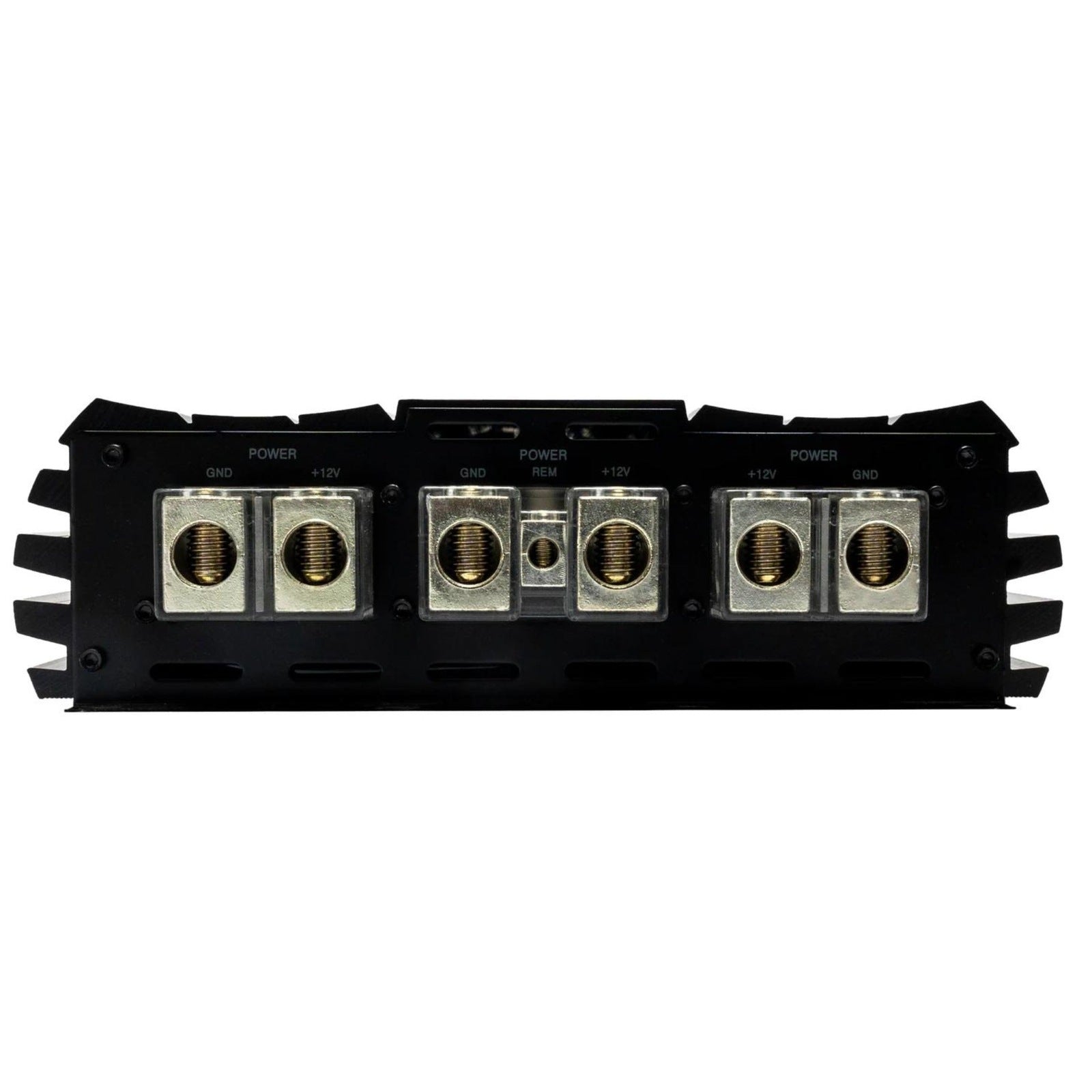
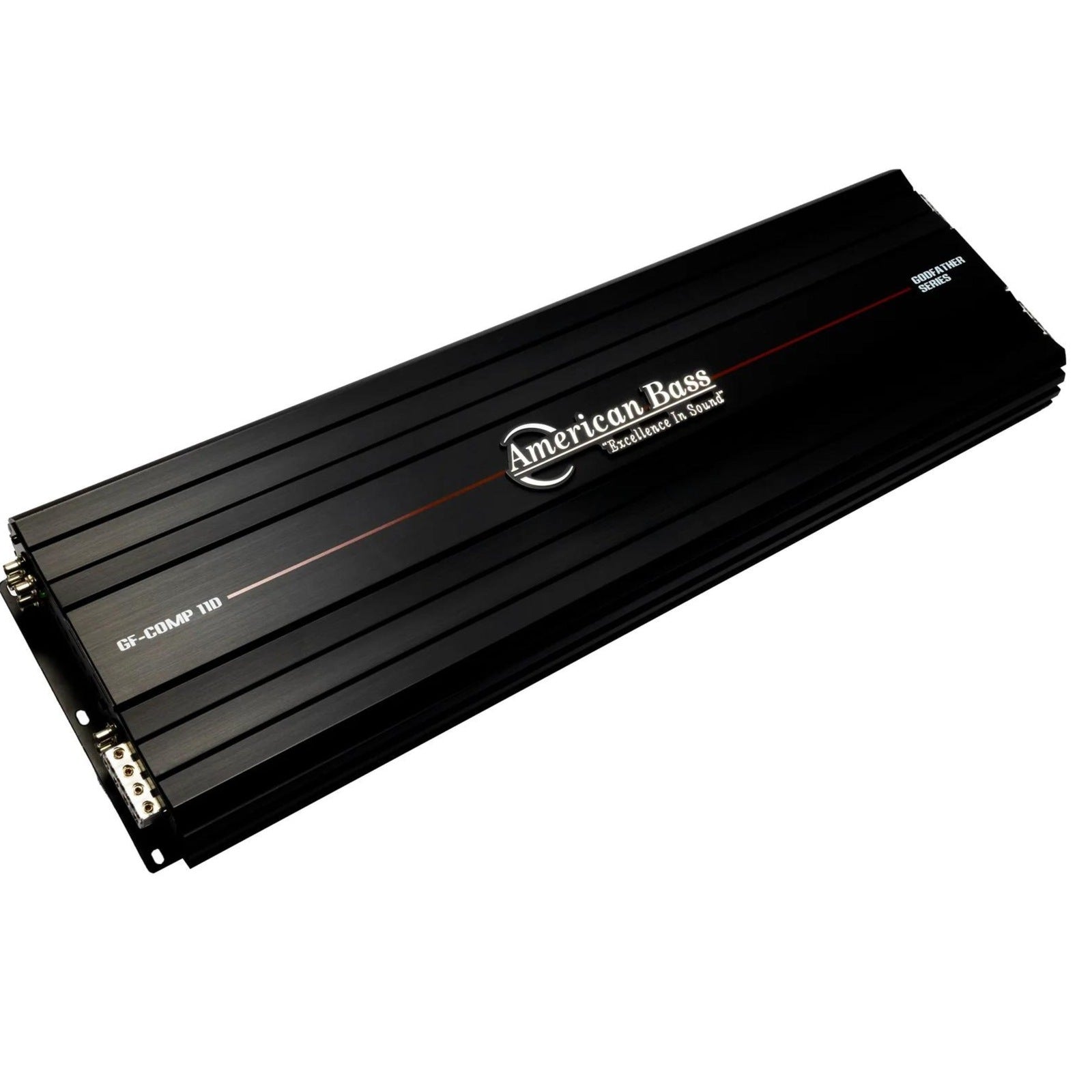
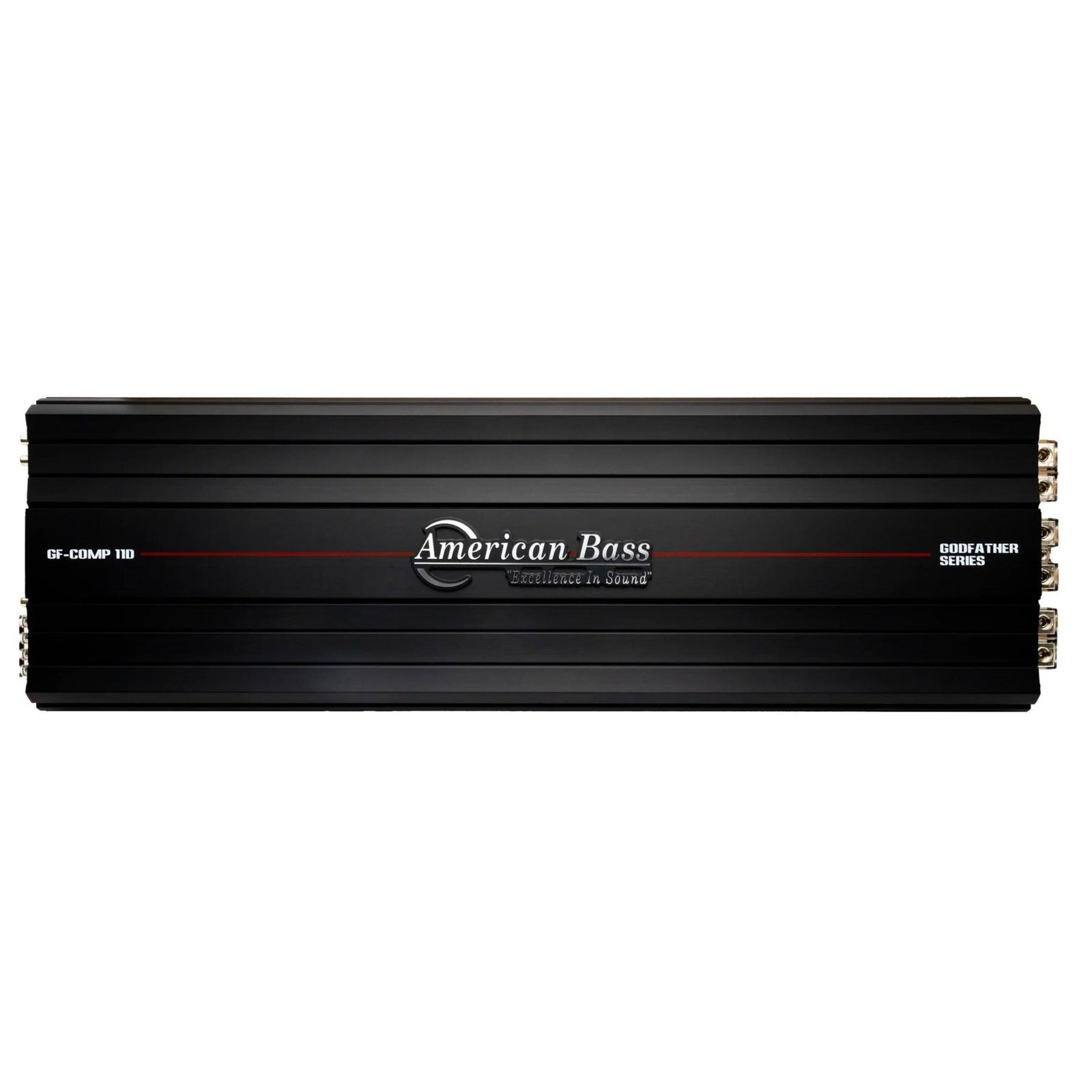
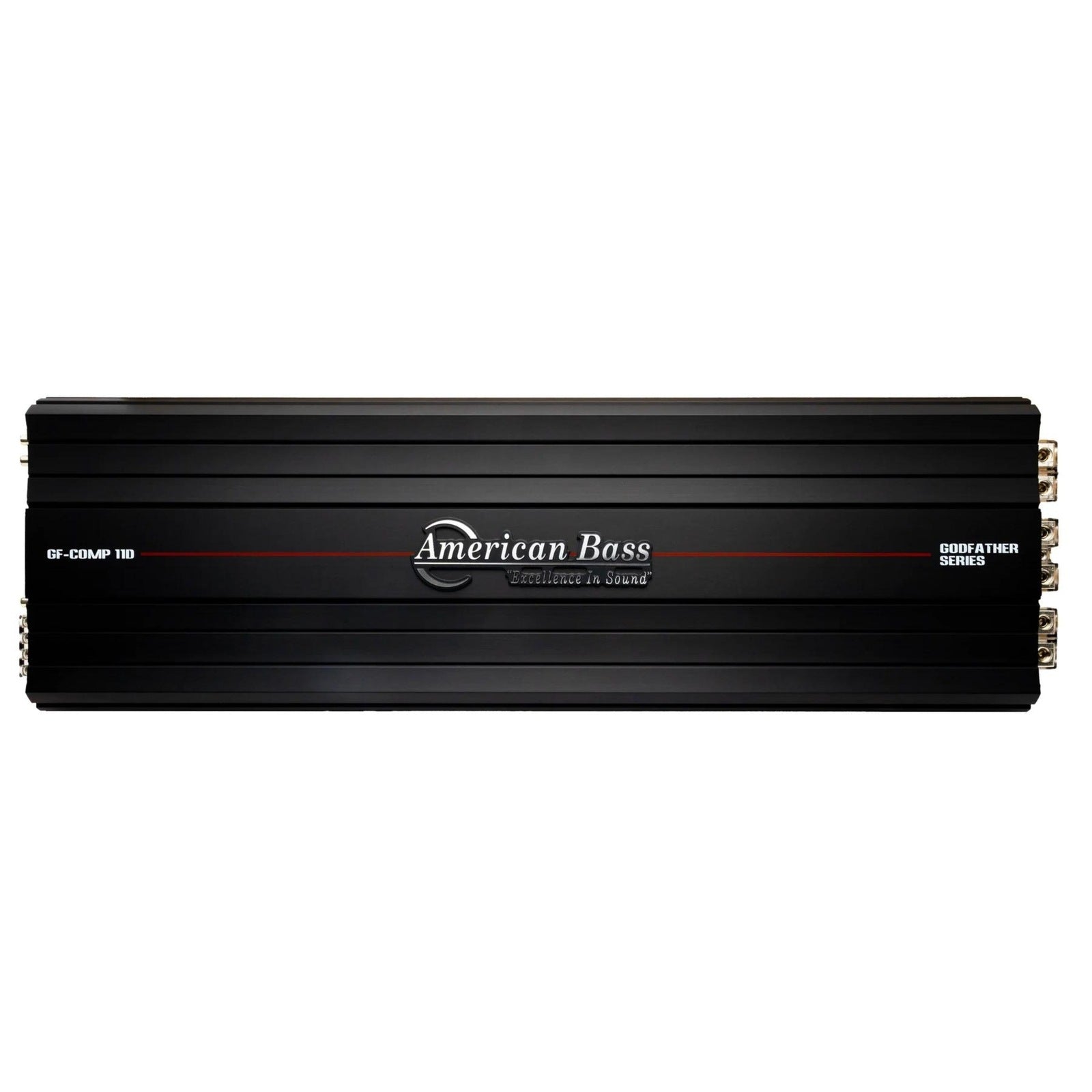
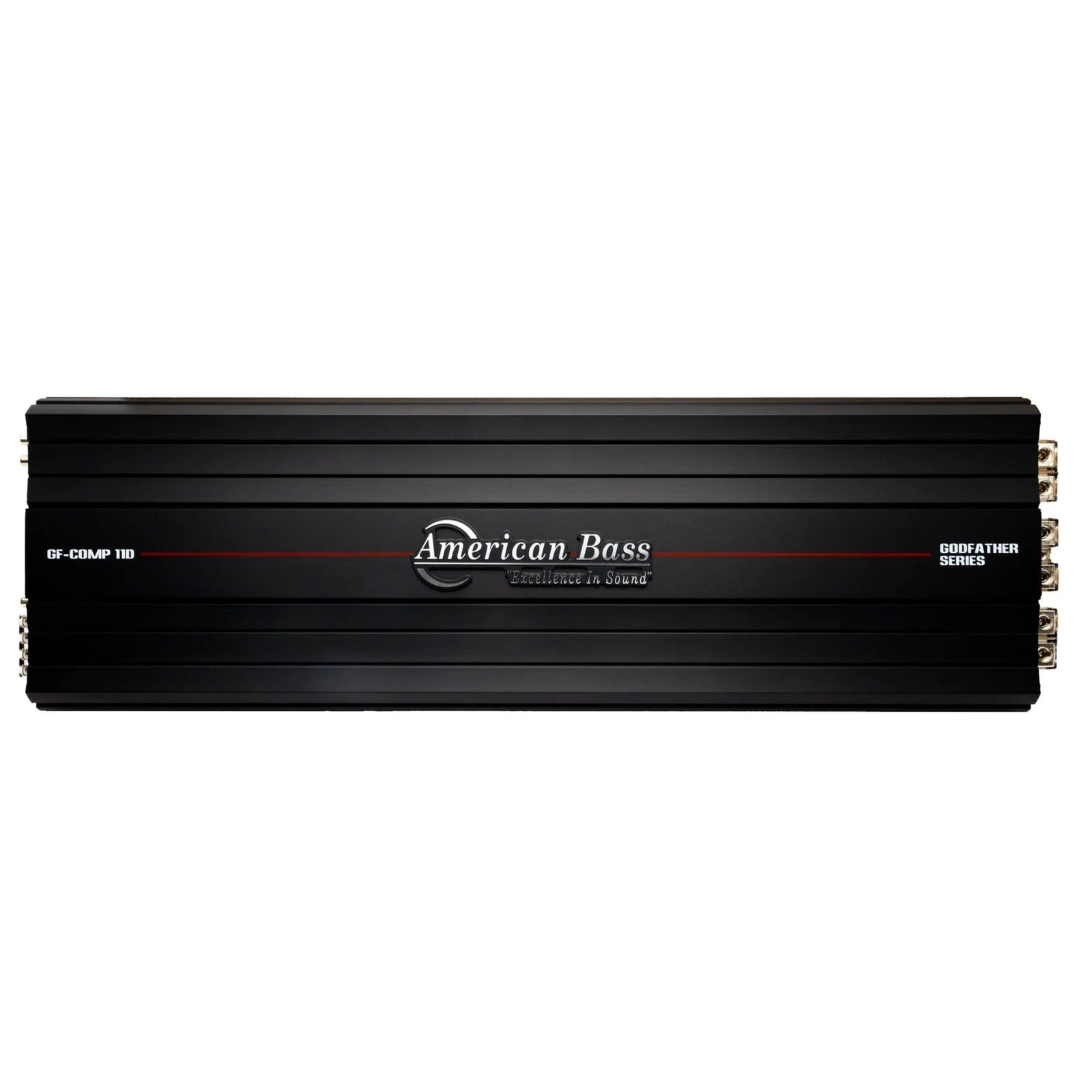
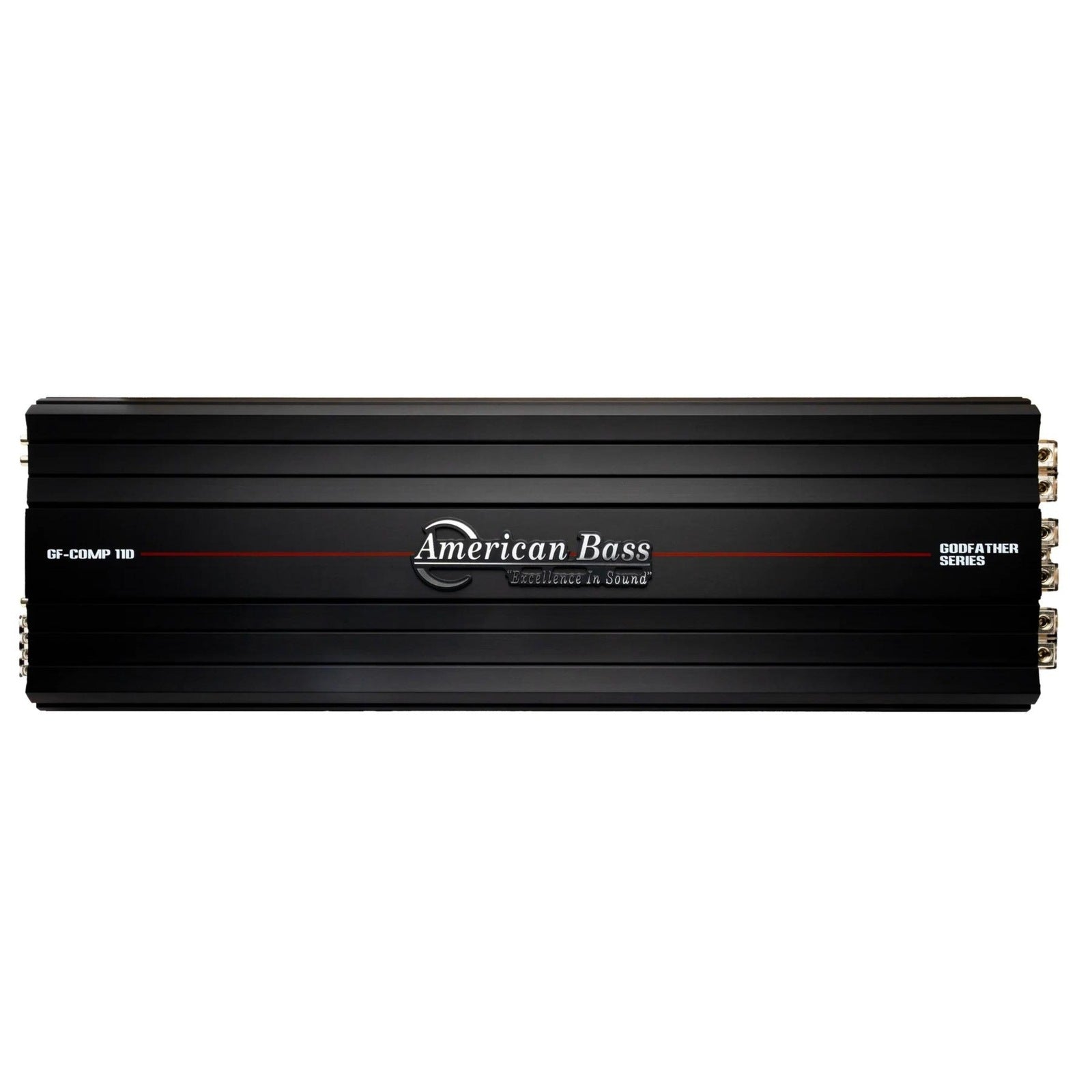
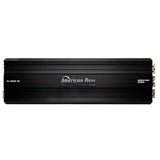
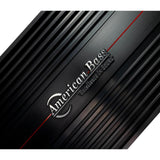
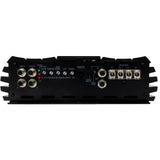
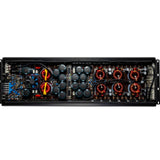
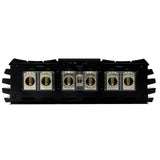
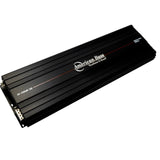
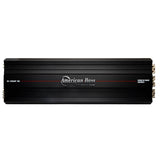
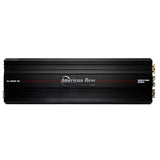
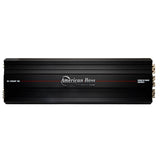
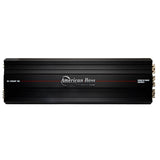
American Bass Godfather Monoblock 1-Channel Digital 10Hz - 50Hz Amplifier - AB-GODFATHER-11D
- $2,415.00
$3,018.95- $2,415.00
- Unit price
- per

Expert Support,
Dial +1 (888) 575-2099

Limited Supply,
grab it before it's gone.

Lowest prices,
As low as possible.

All Items are brand New,
Never used.
Recently Viewed Products
American Bass Godfather Monoblock 1-Channel Digital 10Hz - 50Hz Amplifier - AB-GODFATHER-11D
- Make an impact with the Godfather Monoblock Digital Amplifier.
- Cutting-edge Class D technology for extraordinary power and precision.
- Record-breaking amplifier with four world records, ideal for competitors.
- Customizable sound preferences with adjustable bass boost.
- Fuse rating of 950A (1900A strapped) for reliability and performance.
American Bass Godfather Monoblock 1-Channel Digital 10Hz - 50Hz Amplifier
This Listing Includes:
- (1) American Bass Godfather Monoblock 1-Channel Digital 10Hz - 50Hz Amplifier
Make a lasting impression with the American Bass Godfather Monoblock 1-Channel Digital Amplifier, a record-breaking addition to your car audio system that turns heads and dominates the streets. This discreet yet commanding amplifier, with four world records, is a must-have for car audio competitors. Powered by cutting-edge Class D technology, it delivers extraordinary power and precision, ensuring a superior audio experience. While specific RMS power details are not provided, the Godfather Comp Amplifier features an input sensitivity of 6V - 0.2V, a subsonic filter ranging from 10Hz to 50Hz, and a low pass filter spanning 35Hz to 250Hz. With an adjustable bass boost from 0Db to -12Db, this amplifier allows for customizable sound preferences. The robust fuse rating of 950A (1900A strapped) underscores its reliability and performance, making it the go-to choice for those aspiring to join the ranks of the audio elite and become the Don of car audio enthusiasts.
Features
- Godfather Monoblock 1-Channel Digital Amplifier
- Cutting-edge Class D technology
- Four world records, ideal for competitors
- Adjustable bass boost for customizable sound preferences
- Fuse rating of 950A (1900A strapped)
Technical specifications
| Number of Channels: | 1 Channel |
|---|---|
| Configuration: | Digital Mono |
| Input Sensitivity: | 6V - 0.2V |
| Subsonic Filter: | 10Hz - 50Hz |
| Low Pass Filter: | 35Hz - 250Hz |
| Bass Boost @45Hz: | 0Db - 12Db |
| Fuse Rating: | 950A (1900A Strapped |
What Our Experts Think
- Incredible 11,000W Power Output: The American Bass Godfather 11D (AB-GODFATHER-11D) Monoblock Digital Amplifier delivers an astonishing 11,000 watts of peak power, making it one of the most powerful amplifiers for subwoofer systems, ideal for extreme bass enthusiasts.
- Wide Frequency Range (10Hz - 50Hz): With a low-frequency response of 10Hz to 50Hz, this amplifier is engineered to deliver deep, rumbling bass without distortion, even at extremely low frequencies, making it perfect for competition-level audio systems.
- 1-Channel Monoblock Design: Optimized for driving subwoofers, the monoblock design ensures a dedicated, focused output channel for superior bass performance and minimal interference.
- Digital Efficiency: Advanced digital circuitry ensures the AB-GODFATHER-11D operates with high efficiency, reducing heat buildup while maximizing power output and maintaining consistent performance.
- Durable & Reliable Construction: Built with premium materials to withstand high power demands, this amplifier is made to last in the harshest environments, offering long-term reliability.
- Precision Sound Control: Equipped with features like adjustable gain, low-pass filters, and bass boost, you can fine-tune your audio setup to achieve the perfect bass performance for your system.
Q&A
Q: What is the American Bass Godfather Monoblock 1-Channel Digital Amplifier designed for?
A: The AB-GODFATHER-11D is a high-performance monoblock 1-channel digital amplifier designed to drive subwoofers with deep bass and high power. It's ideal for audiophiles and competition-level car audio systems that demand crystal-clear sound and massive power output.
Q: What is the frequency response range of the Godfather 11D Amplifier?
A: The AB-GODFATHER-11D offers an impressive frequency response range from 10Hz to 50Hz, ensuring that it can reproduce ultra-low frequencies with precision, ideal for deep bass in high-performance subwoofer systems.
Q: What is the power output of the Godfather 11D Amplifier?
A: The Godfather 11D delivers exceptional power, making it capable of driving subwoofers to their peak performance without distortion. Specific power output details depend on the configuration and impedance, ensuring flexibility for high-output audio systems.
Q: How does the 1-channel monoblock design benefit this amplifier?
A: The 1-channel (monoblock) design focuses all its power on a single subwoofer, offering more efficient and cleaner power delivery with less distortion. This allows for optimal bass performance and clarity, especially at high volumes.
Q: Is the Godfather 11D suitable for all car audio systems?
A: The AB-GODFATHER-11D is best suited for high-power, high-performance car audio systems capable of handling its output. It’s perfect for users looking to drive powerful subwoofers in audiophile and competition-grade setups.
Q: Does the Godfather 11D Amplifier include any protection features?
A: Yes, it includes overcurrent, thermal, and short circuit protection, ensuring that your amplifier and subwoofer system are safe during high-load or high-power operation.
Q: What makes the frequency range of 10Hz - 50Hz important?
A: The 10Hz to 50Hz frequency range allows the amplifier to reproduce the deepest bass tones with exceptional precision. This range is critical for competition-grade bass and audiophile systems that require deep, low-frequency output.
Q: What warranty comes with the American Bass Godfather 11D Amplifier?
A: The AB-GODFATHER-11D comes with a manufacturer warranty, ensuring long-lasting performance and reliability for your audio system.
Maintenance Tips
-
Maintain Proper Ventilation: Ensure that the amplifier’s cooling vents remain clear of dust and debris. Use compressed air or a soft brush to clean the vents regularly, as adequate airflow is essential for preventing overheating during high-power usage.
-
Inspect Wiring and Connections: Regularly check all connections—power, ground, and speaker terminals—for loose or corroded contacts. Tighten connections and replace any worn cables to avoid power loss or signal distortion.
-
Monitor Temperature: Keep an eye on the amplifier’s temperature. If it gets too hot during extended use, reduce the power output or improve ventilation. Persistent overheating can cause damage to internal components.
-
Check Fuse and Circuit Protection: Inspect the fuse regularly and replace it with one of the correct rating if needed. Ensure the circuit protection system is functioning properly to avoid damage from power surges.
-
Avoid Overloading the Amp: Make sure the impedance of the connected speakers matches the amplifier’s rated load. Overloading can cause excessive heat buildup and potential failure. This amplifier is designed for optimal performance with compatible speakers.
-
Keep the Exterior Clean: Use a soft, dry cloth to wipe the exterior of the amplifier and remove dust. Avoid using any cleaning chemicals or water that could damage the unit's finish or internal components.
-
Test Inputs and Outputs: Periodically check the amplifier’s input and output signals for distortion or irregularities. If you notice any changes in sound quality, inspect the connections or consider testing with different components.
-
Stable Power Supply: Ensure the amplifier is powered by a stable 12V DC power source with sufficient amperage. Voltage drops or fluctuations can lead to erratic performance or damage to the amplifier.
Maintenance Tips
-
Ensure Proper Cooling: Regularly clean the amplifier’s ventilation grills and cooling vents with compressed air to prevent dust buildup. Proper ventilation is crucial for heat dissipation and to avoid overheating, especially during high-power use.
-
Inspect Power and Speaker Connections: Check all wiring—power, ground, and speaker terminals—for loose connections, corrosion, or wear. Secure all connections to ensure stable power and optimal signal flow, preventing audio distortion or electrical issues.
-
Monitor Amplifier Temperature: Keep an eye on the amplifier’s operating temperature. If it runs too hot, reduce the output or improve airflow around the unit to prevent damage. Use fans or additional cooling methods if needed.
-
Verify Fuse and Protection Systems: Regularly inspect the fuse and circuit protection. Replace any blown fuses with ones that match the specified ratings. Ensure that built-in protection mechanisms, like overload and thermal protection, are functioning correctly.
-
Avoid Overloading the Amplifier: Match the impedance of the connected speakers to the amplifier’s rated load (typically 1-ohm or 2-ohm). Avoid driving the amplifier below its rated impedance to prevent overheating and internal damage.
-
Clean the Exterior: Use a soft, dry cloth to wipe down the exterior of the amplifier and remove dust. Avoid using cleaning products that could damage the unit’s finish or internal components.
-
Test for Signal Integrity: Periodically test the amplifier’s inputs and outputs for any signs of distortion, clipping, or interference. Clear, distortion-free sound is an indicator that the amplifier is functioning well.
-
Stable Power Supply: Ensure the amplifier is connected to a stable and properly rated 12V DC power supply. Voltage fluctuations can lead to erratic performance or permanent damage.
Related Products
- Choosing a selection results in a full page refresh.











